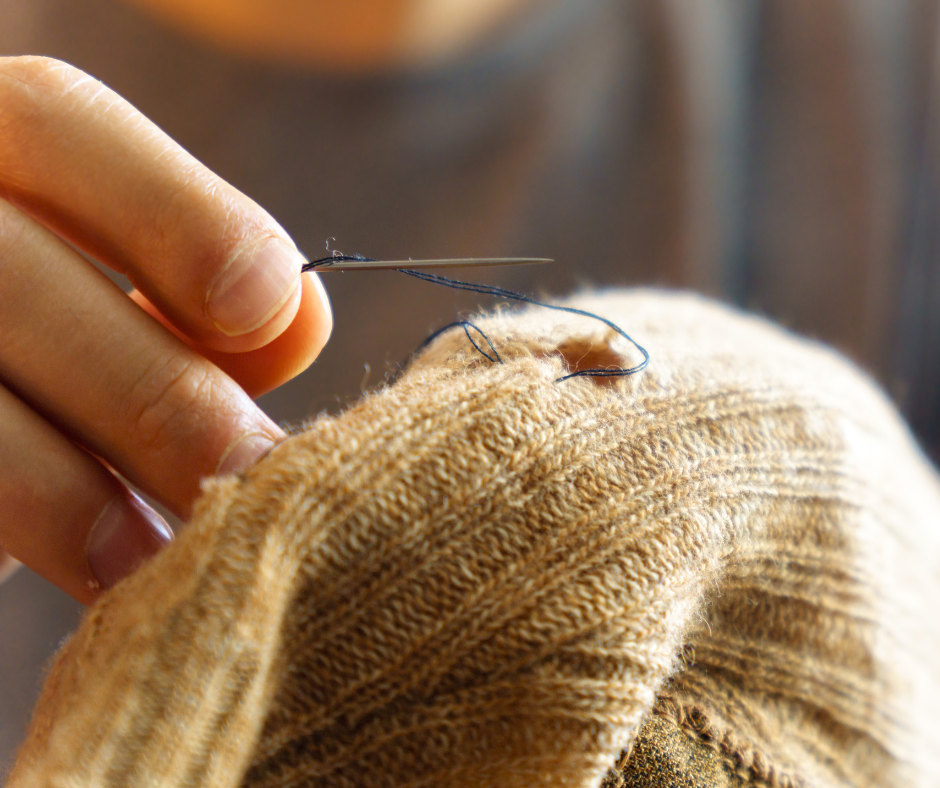In a world obsessed with fast fashion, overflowing closets, and fleeting trends, the simple act of repairing your clothes has become a radical, meaningful decision. It’s not just about patching a tear or sewing a button. It’s about stitching a new narrative—one that respects the planet, values craftsmanship, and builds a future where fashion doesn’t cost the Earth.
Why We Must Rethink Fashion Now
The fashion industry is one of the most polluting industries on the planet. Every year, over 92 million tonnes of textile waste is generated. That’s a truckload of clothes thrown away every single second. Behind every discarded item is water waste, carbon emissions, chemical use, and exploited labor.
And the worst part? Most of that waste could be avoided.
We don’t need more clothes—we need to change how we value the ones we already have.
Clothing Repair Isn’t Just Frugal—It’s Powerful
Repairing clothing may sound old-fashioned, but it’s a powerful act of resistance against the throwaway culture. It’s slow fashion in action. When you repair a garment, you:
Extend its life by years, not just months
Prevent it from ending up in landfills
Preserve memories, emotions, and the uniqueness of your wardrobe
Save money that would have gone to cheap, low-quality replacements
Reduce demand for harmful production and unethical labor
It’s not just mending fabric—it’s mending mindsets.
The Emotional Value of What We Wear
Every piece of clothing has a story. The coat passed down from a parent. The jeans you wore to your first job interview. The dress from your best friend’s wedding. Repairing clothes brings emotional sustainability into our lives. We stop seeing fashion as disposable and start seeing it as personal, meaningful, and worth preserving.
From Consumers to Custodians
We are not just consumers—we are custodians of our choices. Our closets can become a testament to conscious living. Teaching yourself or your children to sew a button, fix a seam, or patch denim is more than a skill—it’s empowerment. It’s knowledge that fights back against the need to buy more, spend more, waste more.
We need to shift from impulsive buying to intentional living. Repair is revolutionary.
How Businesses and Creators Must Respond
If you’re in fashion, e-commerce, sustainability, or lifestyle industries—this is your wake-up call. Consumers are becoming more conscious. They want solutions, not just products. Offer repair kits. Start “how-to” content. Create take-back programs. Launch sewing workshops. Collaborate with mending communities. Give life to pre-loved fashion.
Your business model must align with the circular economy—or be left behind.
Call to Action: Take the First Stitch Today
Look at your wardrobe right now. Find one item you love but no longer wear because of a minor flaw. Instead of tossing it—repair it. Learn a basic stitch. Visit a local tailor. Watch a DIY video. Pass the skill forward.
This is how we begin: one stitch, one story, one change at a time.
The revolution isn’t in buying better—it’s in buying less and loving longer.














